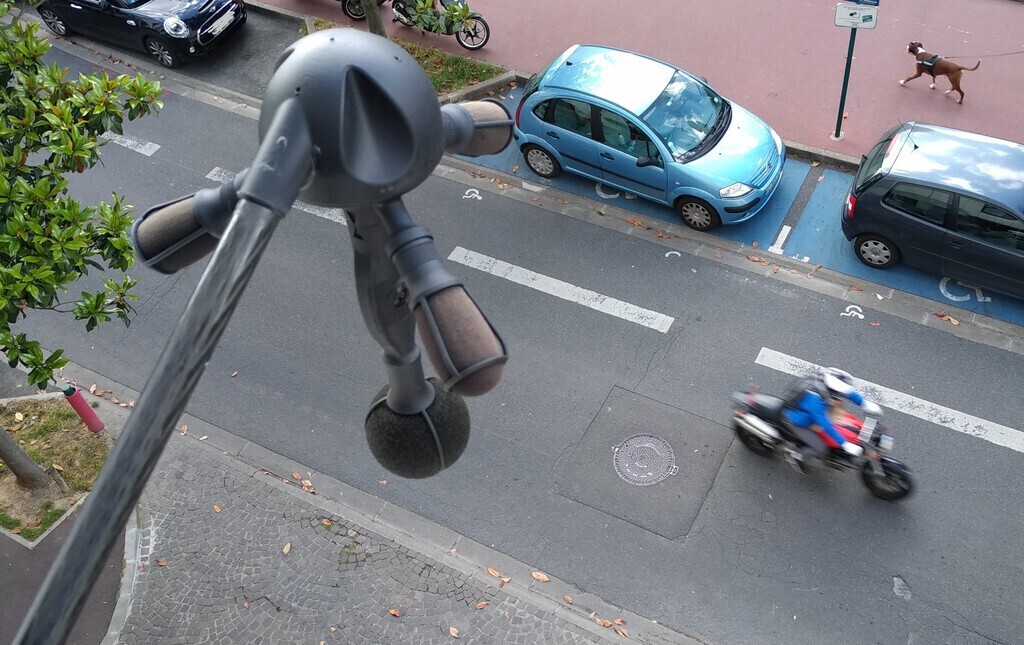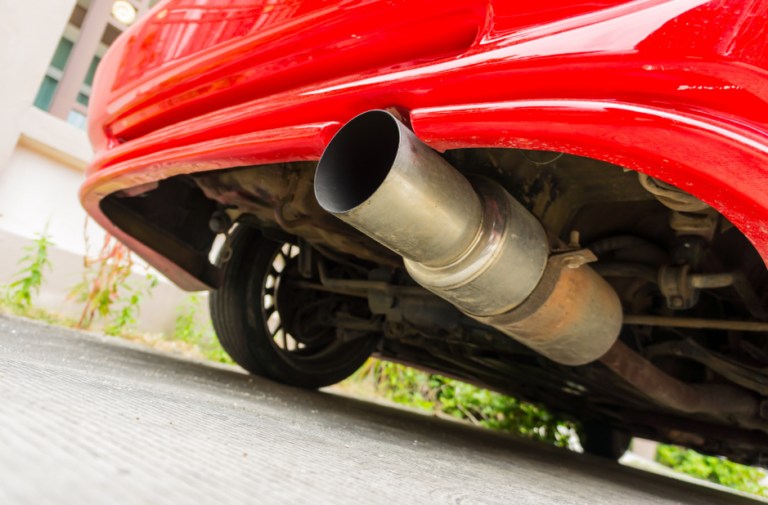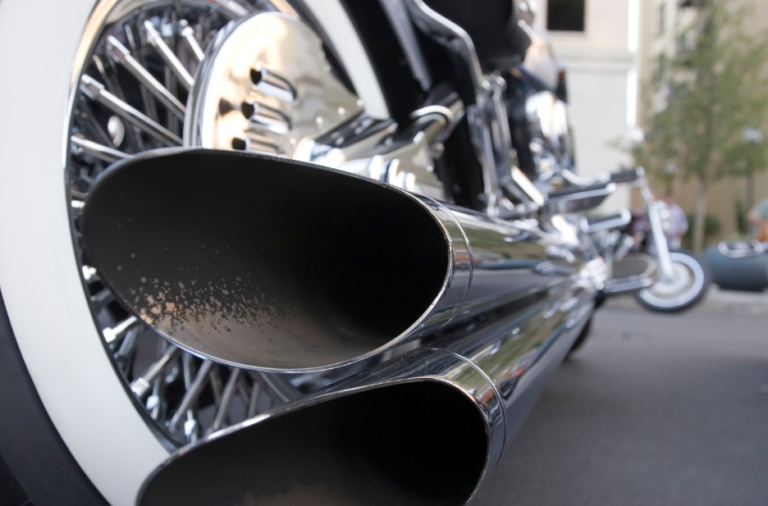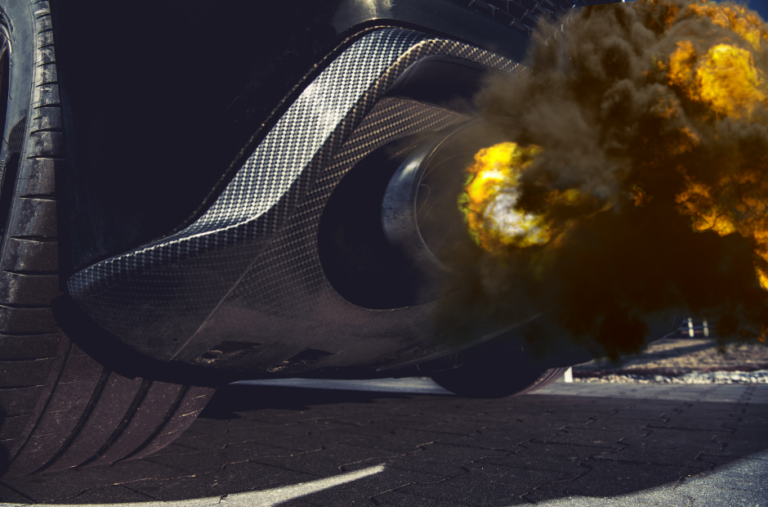Noise Measuring Radar
Noise Measuring Radar to Combat Excessive Vehicle NoiseRecent Posts
Meet the Team
 Lawyer and Company Founder
Lawyer and Company Founder Lawyer
Lawyer Office Manager & Tax Specialist
Office Manager & Tax Specialist Legal Adviser
Legal Adviser Legal Adviser
Legal Adviser Administration and Accounts
Administration and Accounts Fiscal Adviser
Fiscal Adviser
France is clear that noise pollution is a problem and is looking for solutions. A few months ago, it placed the first experimental noise radars to detect and fine the noisiest vehicles with 135 euros.
These radars have now arrived in Spain. Unlike the pilot project in France, there will be no fines, but the first sound level meter of this type opens the door to a new front against traffic noise in Spain.


If a car has a non-homologated exhaust and tries to pass the ITV the result of the test will be a fail. For many drivers, the solution in the past is to remove and replace! Before taking the car for an ITV, they change the exhaust that makes the noise for the standard one and once the test has been passed, they replace it with the one that makes all the noise.
Something similar happens with motorcycles. It’s common for owners to remove the DB Killer or sound baffle to increase the sound level and give the bike a more sportier sound, but it is impossible to pass the ITV without this element. The Solution? Same procedure as with the car: put the DB Killer in before going to the ITV and remove it afterwards. EASY!

With the ITV process completed and passed, the drivers of these bikes only have to fear the controls in which a police officer, a Guardia Civil or another competent authority can sanction them for excessive noise or for carrying non-approved components.
However, it is not very common for this to happen, in fact, there are more and more cars with modified exhausts in Spanish cities, many of them with the famous “pops & bangs”, like firecrackers that are normally programmed through the electronic control unit of the car, or by modifying the exhaust. Well, from now on, the owners of these vehicles that make more noise than they legally can will have it more complicated because the DGT has a new ally against noise:

This device is made up of three arms reminiscent of the tentacles of a jellyfish, hence its name. In each arm they have a high-precision microphone, to which is added a room located between the three and a 180-degree camera that is responsible for taking photos of the vehicles that emit more noise than necessary.
In addition to the Medusa model, there are other radars of this type that work in the same way: they detect noise and take a photo of the offending vehicle’s license plate. A year ago, France launched a pilot project to install radars of this type in eight locations. Now, these devices arrive in Spain, although, for now, only as a test.
In the United States, authorities have also begun to wage a battle against noise. In Spain, an experimental sound level meter has already been installed on the C-31 highway in Barcelona, but there will be no sanctions, for now.
The objective is to check if these radars are effective in reducing noise pollution in cities, specifically that which comes from road traffic.

In France, a study carried out by the National Noise Council and the French Ecological Transition Agency found that the annual cost of noise in health-related spending in France is €156 billion.

The radars operating on a trial basis in France will serve to demonstrate whether their presence contributes to reducing ambient noise in the cities where they have been installed. If the result is positive, France will use them in the rest of the country.
With the noise radar placed on the C-31 the objective is identical, although it is curious that the first initiative of this type in Spain is not the work of the DGT, but of Catalonia, since the DGT has no powers in that region.
A few months ago the DGT did not even want to hear about noise radars and said that it had no plans to install devices of this type. Catalonia, however, has another idea and has taken the first step to open the door in Spain to sound level meters.







